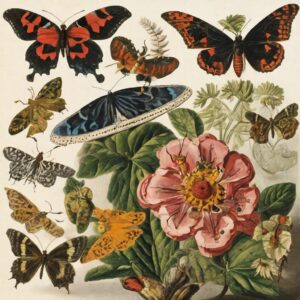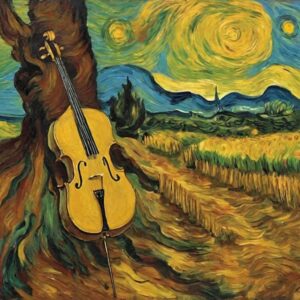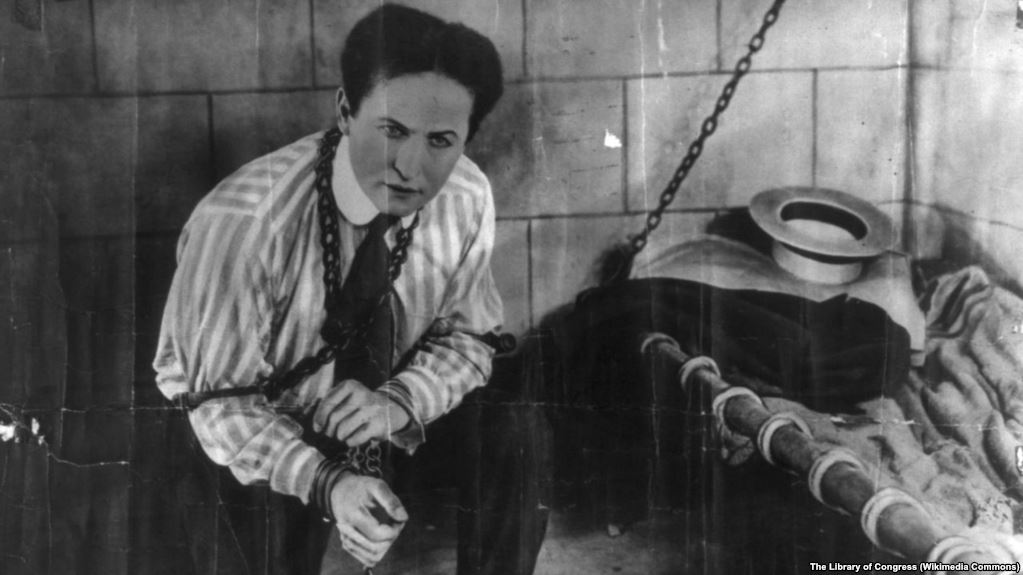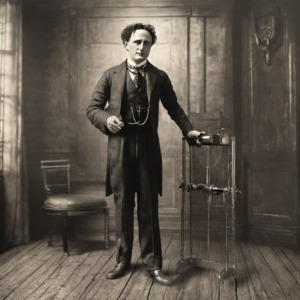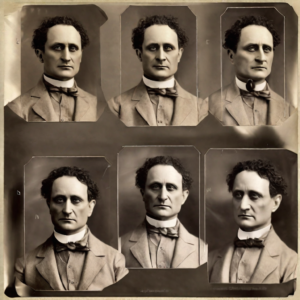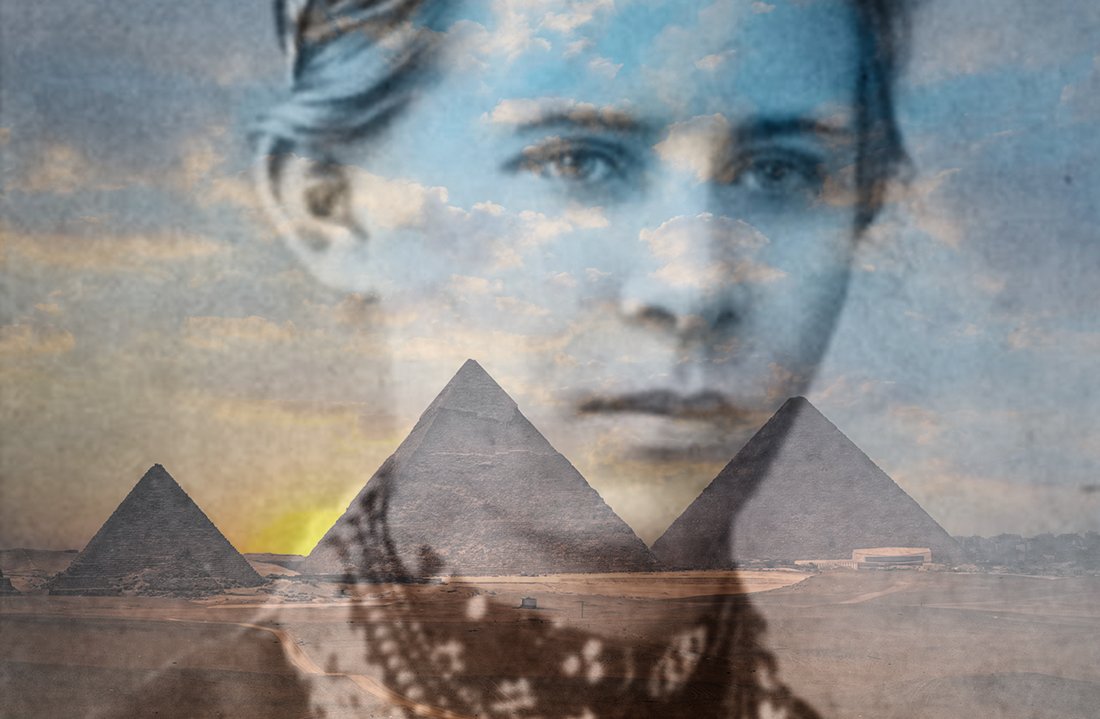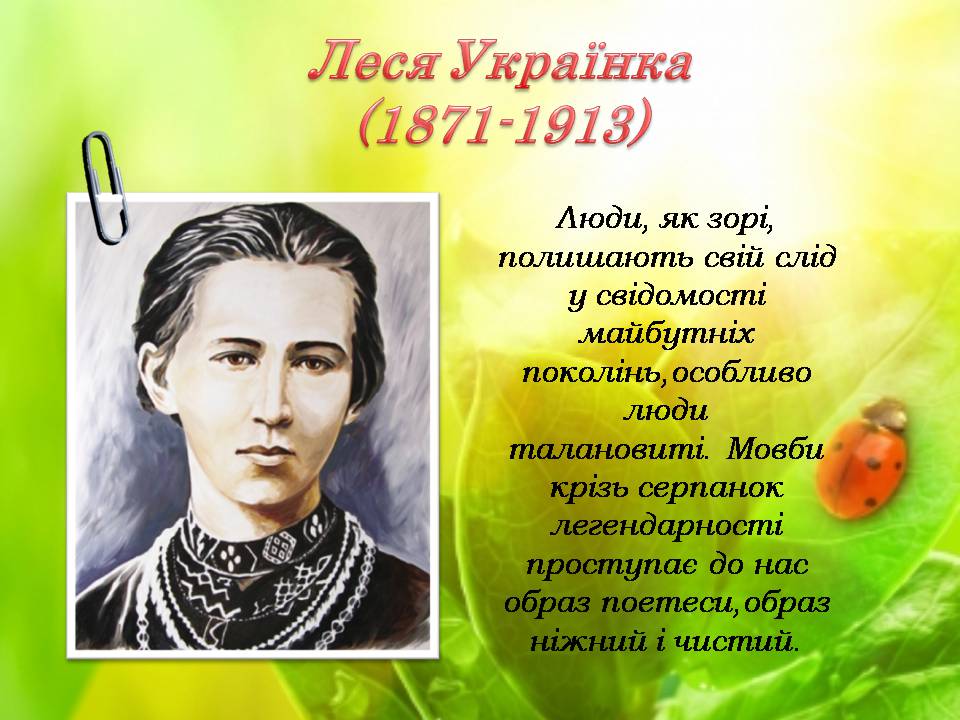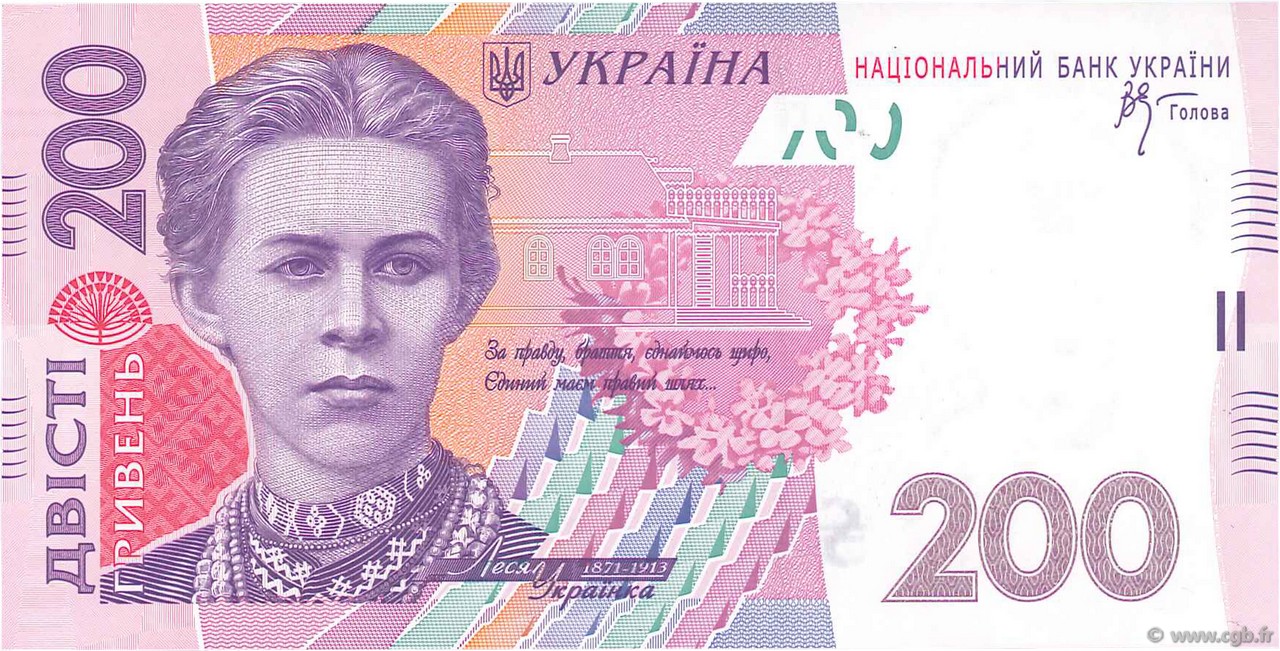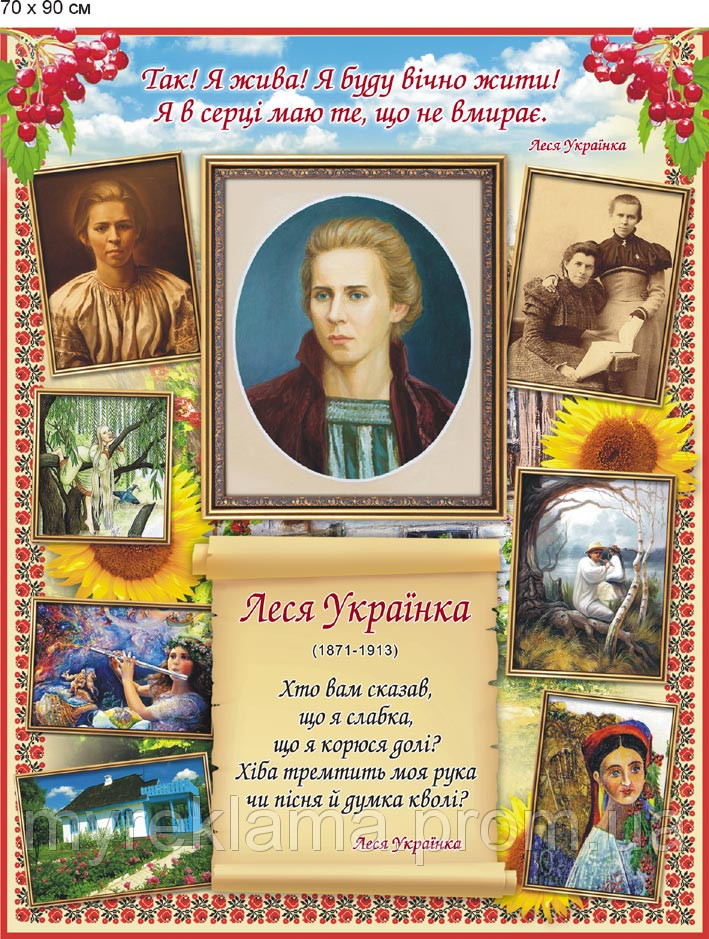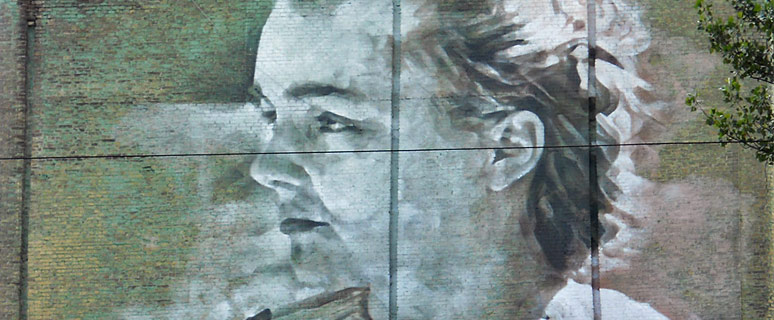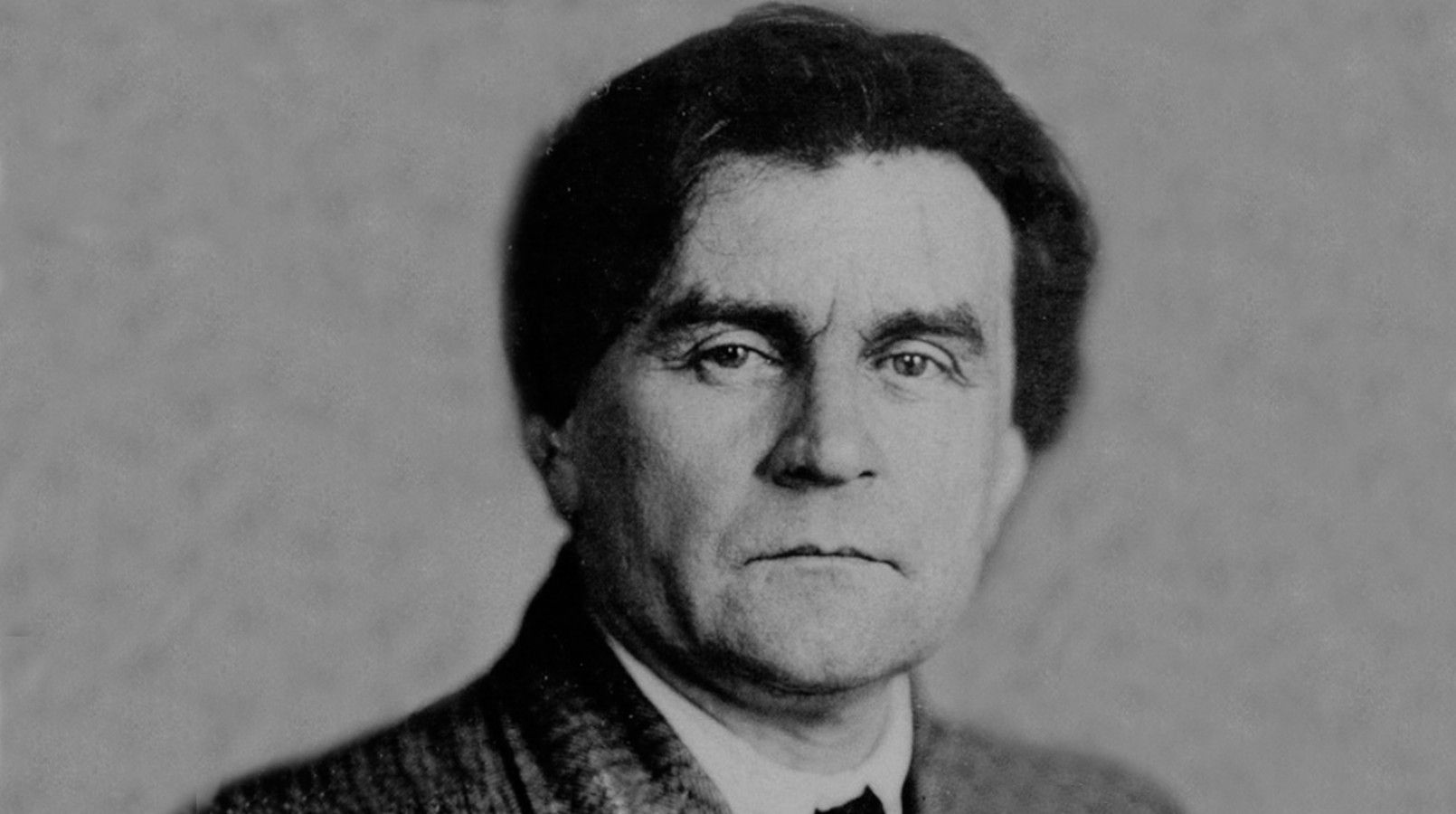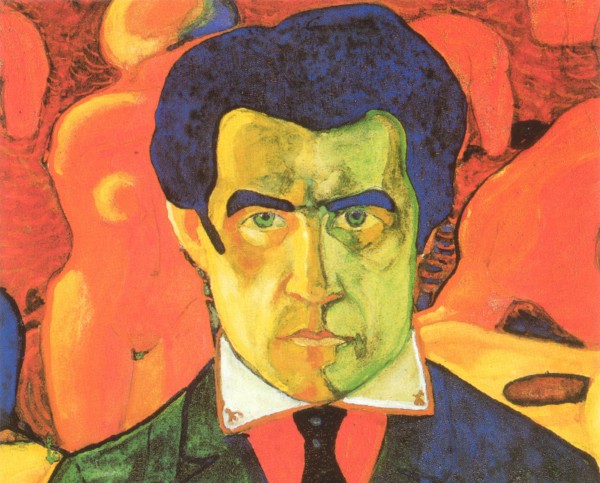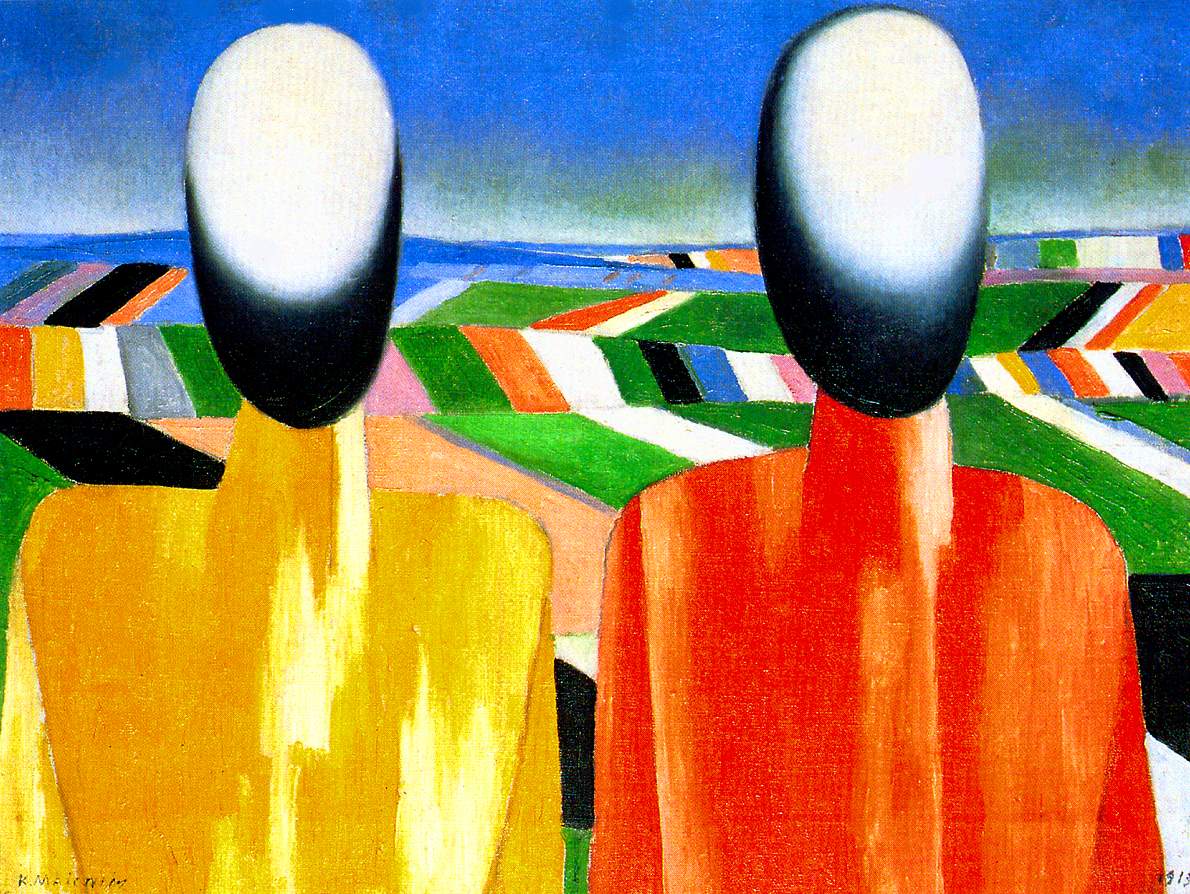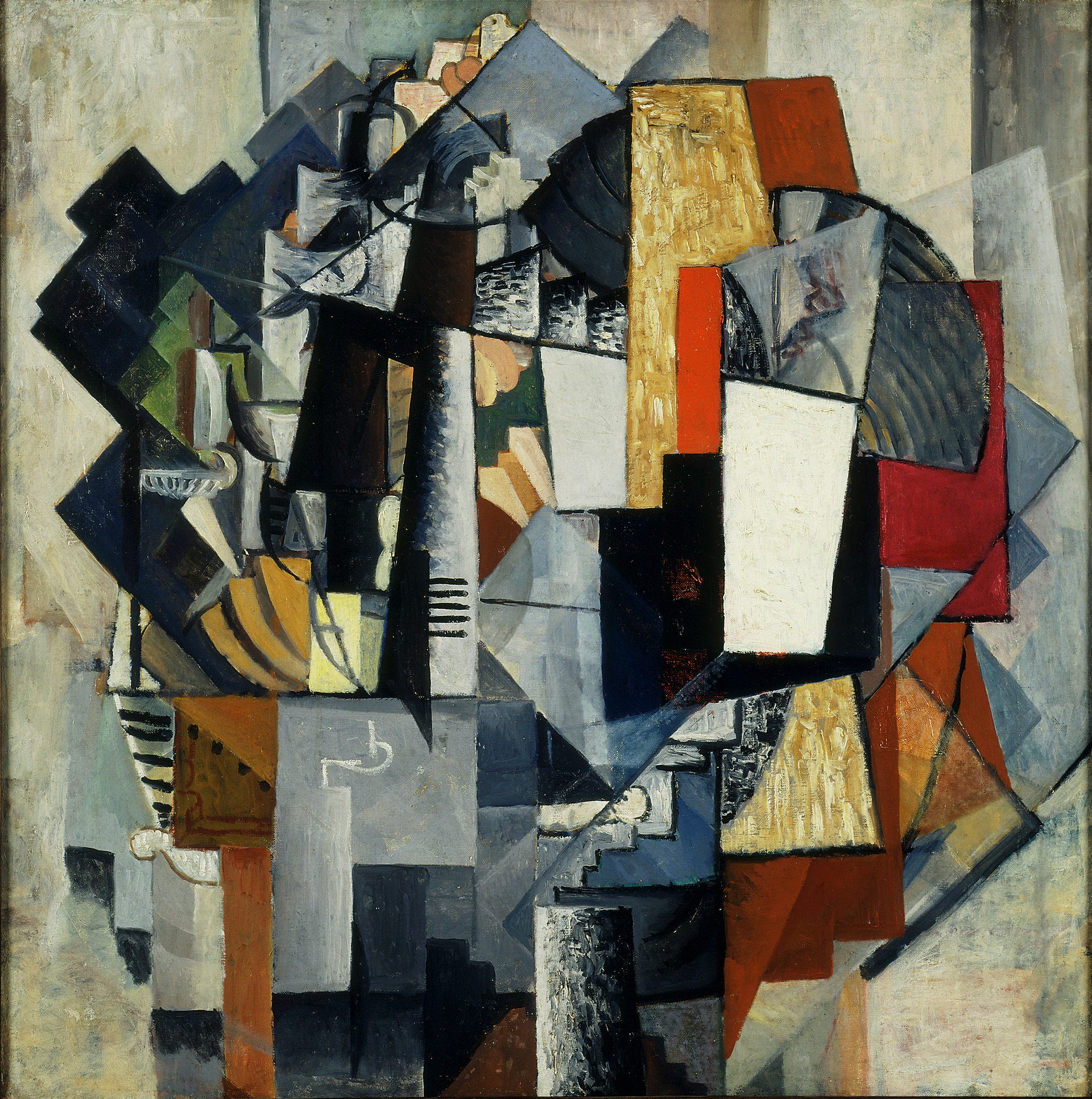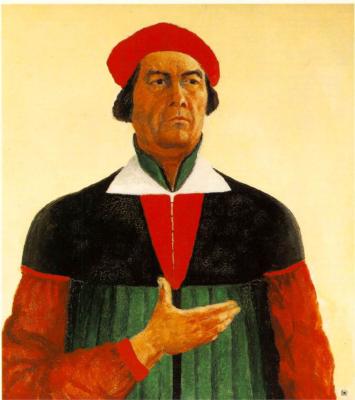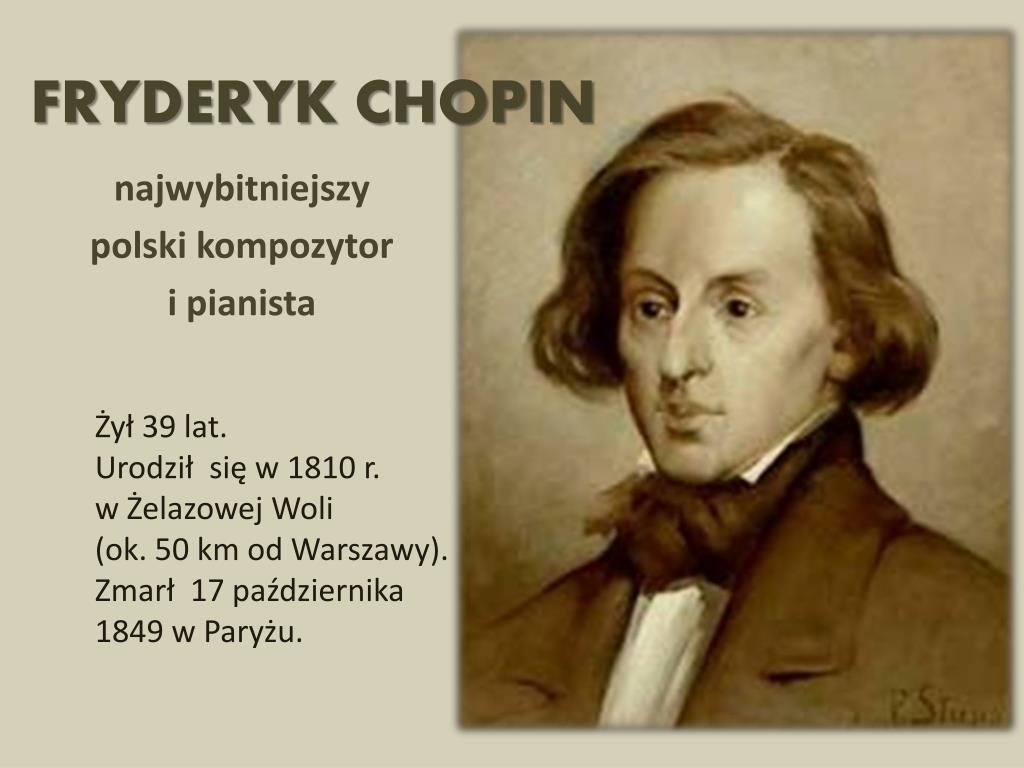Lebensweg
Künstlerin, Graveurin, Naturforscherin, Reisende – Maria Merian war eine erstaunliche Frau mit einem talentierten und facettenreichen Wesen. Sie widmete ihr ganzes Leben der wissenschaftlichen Tätigkeit und entschied sich für die Wissenschaft, die die meisten ihrer Zeitgenossen mit Abscheu und Verachtung behandelten. Merian wurde berühmt für ihre Leidenschaft für das Studium von Insekten und hinterließ spürbare Spuren in der Geschichte und Entomologie, indem sie diese geschickt mit der Malerei verband.
Maria Sybilla Merian (deutsch: Maria Sybilla Merian) wurde am 2. April 1647 in der deutschen Stadt Frankfurt am Main in der Familie eines Buchverlegers und Graveurs geboren, der verstarb, als die kleine Maria erst zwei Jahre alt war. Er hinterließ zahlreiche Nachkommen und viele schöne Bücher mit Stichen zu historischen und biblischen Themen. Das Mädchen wurde von ihrem Stiefvater großgezogen, einem sehr talentierten Künstler – er war einer der ersten, der die zeichnerischen Fähigkeiten des Mädchens bemerkte und ihre Ausbildung begann. Unter seiner Anleitung meisterte sie erfolgreich das Können einer Künstlerin. Marias Mutter organisierte eine kleine Seidenwerkstatt. Dieses Geschäft galt damals in Deutschland als exotisch, brachte der Familie aber dennoch gute Gewinne. Alle Familienmitglieder waren daran beteiligt, Maria kümmerte sich persönlich um die Insekten und sortierte sie mithilfe von Papiertüten. Und es gefiel ihr, sie betrachtete und skizzierte Insekten. Im Alter von siebzehn Jahren heiratete das Mädchen einen Schüler ihres Stiefvaters, Johann Graf, der ebenfalls Malerei studierte. Trotz des Erbes ihres Mannes in Form einer Druckerei und Werkstatt geriet die Familie in finanzielle Schwierigkeiten. Dann beschloss Maria, der Armut überdrüssig, selbst Geld zu verdienen. Sie schuf eine spezielle Farbe, die mit der Zeit nicht verblasste oder ihre ursprüngliche Farbe verlor. Mit dieser Farbe bemalte sie Tischdecken und wählte dabei modische Blumenmuster. Sehr schnell erfreuten sich ihre wunderschönen Tischdecken, die auch nach dem Waschen und Trocknen ihr Aussehen nicht verloren, großer Beliebtheit. Maria wurde regelrecht mit Aufträgen überschüttet, doch damit blieb es nicht. Bald erstellte der Künstler ein Handbuch mit Blumenmustern für Liebhaber der Stickerei, das ebenfalls ein Erfolg war.
Aber sie vergaß ihr Hobby nicht und beobachtete weiterhin interessiert Insekten und fertigte Skizzen an. Allmählich entwickelte sich Merian zu einem „professionellen“ Entomologen, dessen Wissen den Experten in nichts nachstand. In ihrem Garten sammelte sie Raupen und Insekten, um sie sorgfältig zu untersuchen und zu studieren und dann akribisch zu skizzieren. Das Ergebnis dieser systematischen Beobachtung war das Buch der Raupen.
Damals wussten die Menschen wenig über das Aussehen von Schmetterlingen, aber Merian hielt wie auf einem Fotofilm alles fest, was ihr Leben betraf. Das Ergebnis der sorgfältigen Arbeit des Künstlers war ein einzigartiges Werk – das Buch „Die erstaunliche Verwandlung der Raupen und die ungewöhnliche Fütterung von Blumen wurde sorgfältig recherchiert, kurz beschrieben, nach dem Leben skizziert, gestochen und veröffentlicht von Maria Sibylla Graf.“ Die Veröffentlichung des Buches war ein mutiger Schritt, denn den Zeitgenossen des Künstlers erschien das Interesse an Insekten seltsam und unverständlich, ja sogar sündig. Denn Insekten galten quasi als Schöpfung des Teufels. Trotz des Erfolgs kam es im Familienleben des Künstlers zu einer Krise. 1685 verließen sie und ihre beiden Töchter ihren Mann, zogen in die Niederlande und widmeten sich ganz ihrem Lieblingsgeschäft.
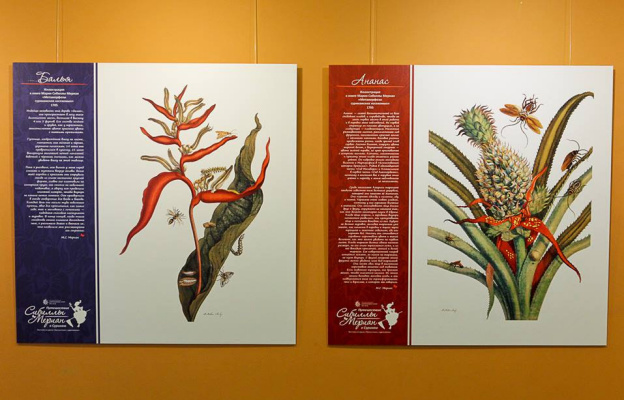
Und ich hatte auch den brennenden Wunsch, Amerika zu besuchen. Der Drang nach neuen Entdeckungen trieb sie dazu, Insekten von einem fernen, unbekannten Kontinent zu studieren. Über Merians Reisen sind nur wenige Informationen erhalten, doch dank einer Reise nach Südamerika (1699-1701), wo sie im Oberlauf des Surinam-Flusses forschte, ging Maria als eine der ersten Mutigen in die Geschichte ein Pioniere und Entdecker dieser Zeit. Merians ganzes Haus war mit Kisten voller Insekten gefüllt, die die örtliche Bevölkerung der fremden Dame täglich in großen Mengen brachte. Sie bezahlte die Ureinwohner großzügig für Raupen, Käfer, Würmer und andere Insekten. In zwei Jahren hatte sie eine unschätzbare entomologische Sammlung zusammengetragen, die zu dieser Zeit ihresgleichen suchte.
Maria Merian verstarb im hohen Alter – sie starb am 13. Januar 1717 in Amsterdam (Niederlande) nach schwerer Krankheit. Ihr Lebenswerk wurde von ihren Töchtern fortgeführt, denen es Merian gelang, das Interesse für die Wissenschaft und die Liebe zur Welt der Insekten zu wecken. Auch heute noch sind die Gravuren der Künstlerin hinsichtlich der Genauigkeit und Schönheit ihrer Skizzen unübertroffen.
Einfluss von Maria Merian
Erzeugt durch künstliche Intelligenz
Maria Merian (1647–1717) war eine bekannte Künstlerin, Kupferstecherin, Naturforscherin und Reisende aus Deutschland. Sie ist vor allem für ihre Illustrationen von Wissenschaft und Natur bekannt, insbesondere von Insekten und Pflanzen.
Merian begann ihre Karriere als Künstlerin in Deutschland, wo sie farbenfrohe Aquarelle mit Blumen und Insekten schuf. Ihre Arbeit war unglaublich detailliert und präzise und sie war eine der ersten Künstlerinnen, die den Lebenszyklus von Insekten dokumentierte, einschließlich ihrer Entwicklung vom Ei bis zum erwachsenen Tier. Ihre Illustrationen waren nicht nur künstlerisch, sondern auch wissenschaftlich und wurden oft von Wissenschaftlern zur Untersuchung und Klassifizierung von Arten verwendet.
Zu Beginn des 18. Jahrhunderts unternahm Merian eine Expedition nach Südamerika, wo sie zwei Jahre lang die dortige Flora und Fauna erforschte. Während ihres Aufenthalts sammelte sie Exemplare von Insekten und Pflanzen und beobachtete und dokumentierte deren Verhalten und Interaktionen. Als Ergebnis ihrer Forschung veröffentlichte sie das Buch Metamorphoses of the Insects of Suriname, das ihre Illustrationen und wissenschaftlichen Beobachtungen enthält. Dies war eine bedeutende Errungenschaft in der Geschichte der Naturgeschichte.
Maria Merian gilt als eine der größten Wissenschaftlerinnen ihrer Zeit und als eine der ersten Frauen, die sich aktiv in der Wissenschaft und der Erforschung der Natur engagierten. Ihre Werke sind nach wie vor gefragt und werden als künstlerische und wissenschaftliche Meisterwerke geschätzt.


